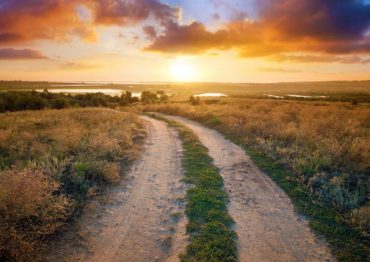 Editor’s note: These tips were adapted with permission from the brochure “Tips for Water and Rural Management for Puget Sound Rural Living” by the Puget Sound Conservation Districts, adapted from “Tips on Land and Water Management for Small Farms and Ranches in Montana,” Montana Department of Natural Resources and Conservation.
Editor’s note: These tips were adapted with permission from the brochure “Tips for Water and Rural Management for Puget Sound Rural Living” by the Puget Sound Conservation Districts, adapted from “Tips on Land and Water Management for Small Farms and Ranches in Montana,” Montana Department of Natural Resources and Conservation.
Did you buy a place with a creek or wetland, and wonder how to care for and improve it for fish? Or perhaps you need a new on-site septic system to install and after finding how expensive it is, you wonder how to prevent future problems. Or maybe you raise horses or other livestock and want to know why you have to buy more feed each year as your land’s productivity declines, leaving muddy ground and weeds.
Whatever scenario applies to you, if you live on a rural property, you need a management plan. There’s a lot to know about owning and managing land. A management plan is a set of strategies and actions to help you maintain and improve the natural resources on your property.
You may find that you have to modify some of your goals because they are not realistic for the land or would violate state or local regulations. Work with your land and not against your land!
Benefits of a management plan:
- Saves money as your land becomes more productive.
- Conserves natural resources and protects water quality for you and future generations.
- Increases your property value.
- Enhances open space and wildlife habitat.
- Improves plant and animal health.
- Makes your place more attractive and promotes good neighbor relations.
- Promotes the health and safety of your family.
To help you plan, ask yourself, what are your goals?
- How do you want your place to look like in 5 years? 20 years?
- Do you want to raise livestock? If so, what kind and how many? Do you have, or plan to have, pasture?
- Do you want to produce food for your family or to sell? Are you interested in landscaping with native plants?
- Do you want to attract and protect wildlife such as hummingbirds, salmon or bald eagles?
- How will you be a good neighbor? Will you make sure polluted runoff is not leaving your property?
Before developing your plan, look around, make a sketch and take a few notes about your property. In your sketch, show or note:
- Soil type (look up your soil type at http://websoilsurvey.nrcs.usda.gov)
- Neighboring land uses
- Topography and water flow
If you’re just planning your new home site:
- Plan for erosion control before building.
- Site homes and roads on stable soils away from streams. Avoid steep slopes and floodplains.
- Provide adequate distance between your well and septic system.
- Avoid disturbing wildlife corridors, wetlands and riparian areas.
- Maintain or plant native vegetation.
For help with planning, contact your local conservation district: Both Kitsap Conservation District and Pierce Conservation District have different technical assistance programs.





















Comments